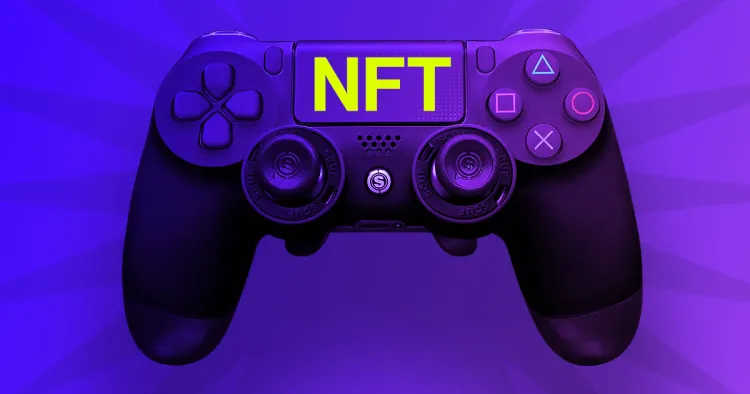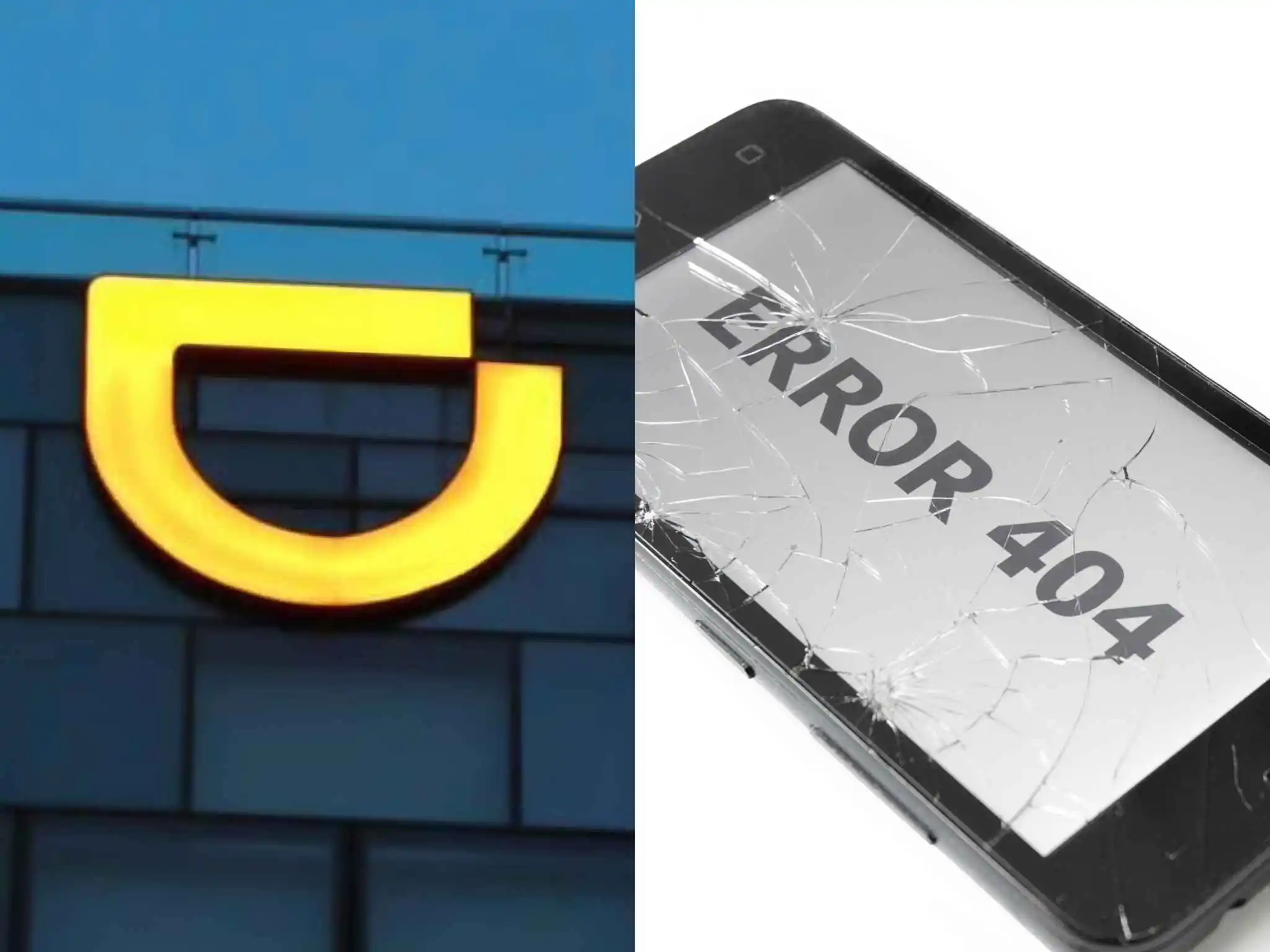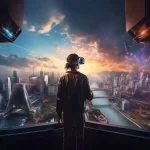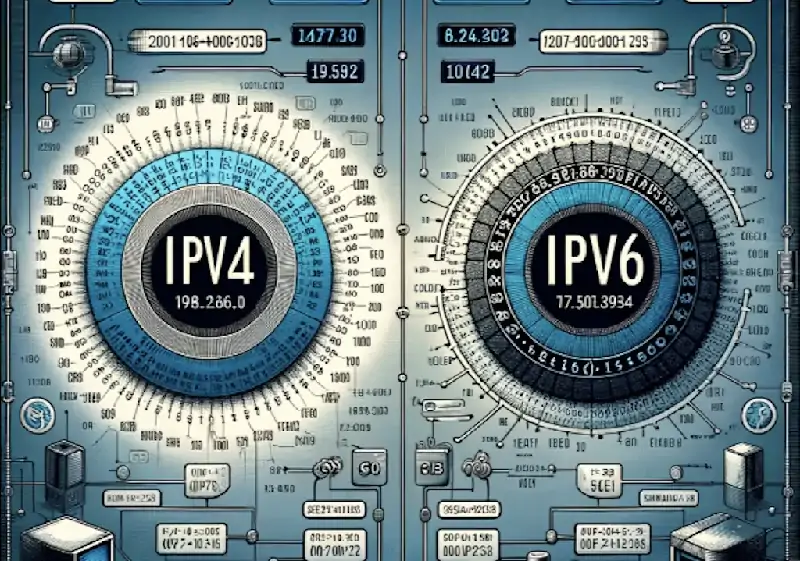- NFT games offer real ownership of digital assets, tradeability, and cross-platform interoperability, setting them apart from traditional games.
- NFT games encourage player participation, allowing them to shape the in-game ecosystem.
- But high financial expectations that are often not realised could also create an obstacle to mainstream adoption.
What is an NFT game? What is the difference between NFT games and traditional games? Why does NFT gaming attract so many players? Is it tradeability, digital scarcity, or giving virtual items real value? Watch our TLDR 30-second summary of the unique features of NFT gaming here.
The emergence of NFT games marks possibly the biggest shift in the gaming industry for decades. These blockchain-based games have captured the attention of companies and players, with the millions of dollars of revenue that follow.
But what sets NFT games apart from traditional gaming? Does the blockchain offer significant worthwhile advantages for gaming? And are the financial rewards as clear as it would appear?
The latest NFT blockchain-based games
In a sign that NFT gaming is not just a fringe fad, Square Enix, a major third-party manufacturer of Nintendo in the early days, recently launched SYMBIOGENESIS, its first global digital art project. Debuting in December 2023, supported on the Ethereum and Polygon chains, it will be accessible through Google Chrome and MetaMask wallets in English and Japanese.
The move comes on the heels of successful franchises such as Final Fantasy and Dragon Quest. According to Bitcoinist, Square Enix President Yosuke Matsuda said in early 2023 that the company has been formulating strategic priorities and actively investing in blockchain entertainment.
So why?
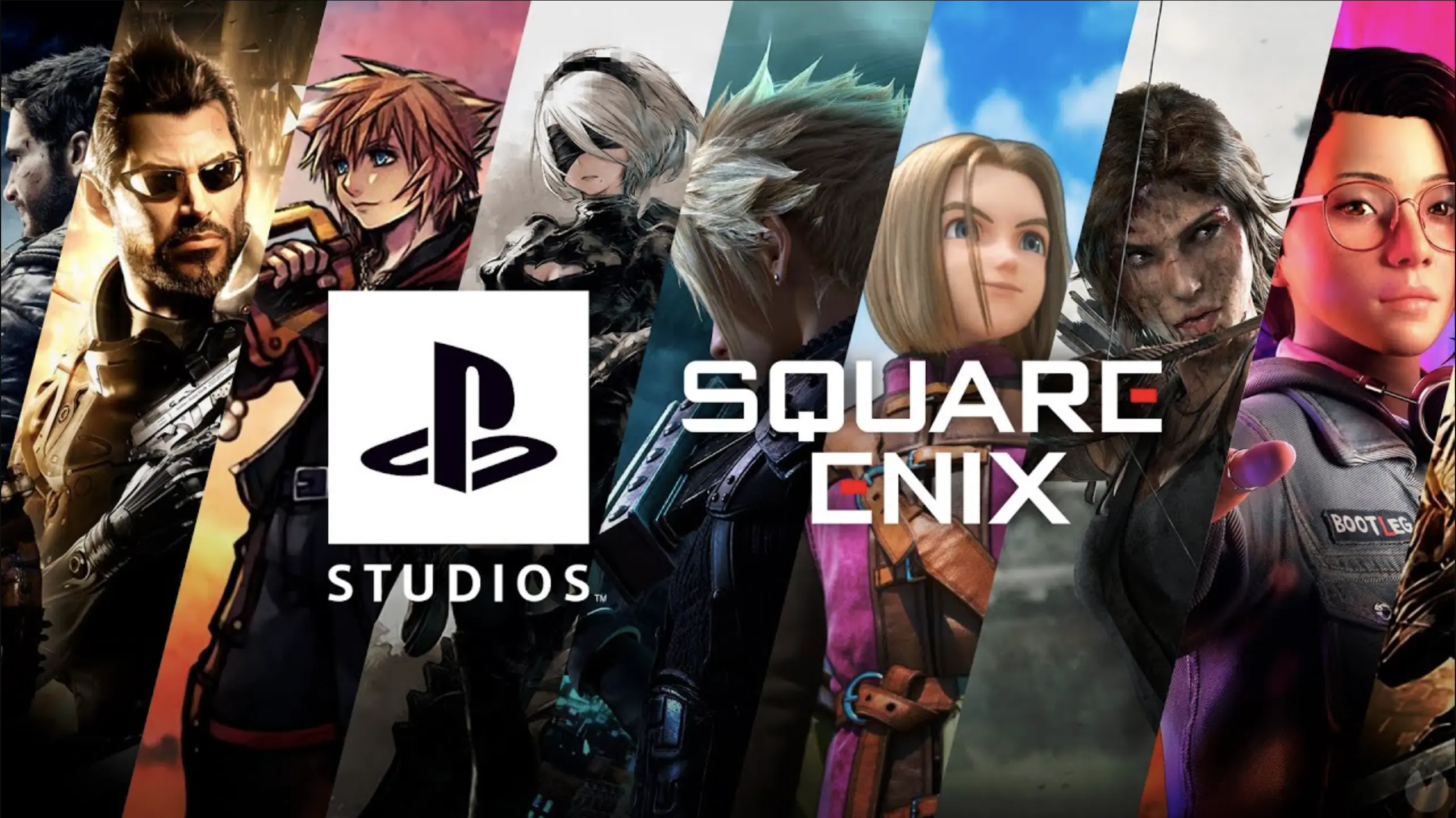
What is an NFT game?
NFT games are a digital gaming genre in which players truly own their in-game assets. This ownership is in the form of NFTs, which are recorded on a blockchain. NFTs ensure that players truly own their assets, a feature that traditional games cannot provide.
In traditional games, while players may own virtual items within the game, these items are typically under the control of the game developers. Traditional in-game assets cannot be owned, traded, or sold outside of the game. A notable example of an NFT game is “Axie Infinity,” where players can own unique virtual creatures called Axies, each represented by an NFT.
Also read: Mythical Games launches racing game ‘NFL Rivals’ allowing players to collect NFTs
Tradeability: Making money with NFT games
NFT games emphasize the tradeability of digital assets, a stark contrast from traditional games. In NFT games, these digital assets can be freely traded on various NFT markets. Tradeability allows players to buy, sell, or exchange these assets to create a secondary market. This aspect sets NFT games apart from traditional games, where in-game virtual items typically cannot be traded outside the game.
“CryptoKitties” is a prime example of an early NFT game where players can buy, breed, and trade unique virtual cats, with each CryptoKitty being a distinct NFT.CryptoKitties reached its peak in December 2017. Assets were traded so heavily that it slowed down the Ethereum network.

Plan A is a software development company that works for on some of these new gaming ideas, many of which incorporate blockchain technology. Aron Ezra, chairman of Plan A Technologies, told BTW: “There’s another major motivator for NFT games that’s usually missing from traditional game types: the desire to make money. In traditional games, the ownership of items and in-game currency ends the moment the game is over, but in NFT games the items (NFTs) and currency (crypto) belong to the player and are kept safe in the blockchain. Most importantly, the price of these items and currency can rise if there is enough demand.”
Also read: What impact will NFT have on the gaming industry in the future?
Cross-platform interoperability: Gaming in the metaverse
Another distinguishing feature of NFT games is cross-platform interoperability. NFTs, being blockchain-based, can interact across different games and virtual worlds. This means players can move their NFT assets from one game to another, a feature rarely seen in traditional games.
Interoperability is one aspect of NFTs that takes us one step closer to a true Metaverse. One of the many games where interoperability is truly embraced is in “Decentraland.” Decentraland is a virtual reality world where players can buy, own, and trade virtual land parcels, each of which is an NFT. These parcels can be freely customized and developed. Players can establish connections and interactions between different land parcels. Most importantly, certain collections can be integrated into Decentraland as in-game assets. For example, 3D representations of NFTs from other games can be used within Decentraland as in-world wearables. NFTs that don’t originate from Decentraland can be used as backpacks or avatar add-ons.
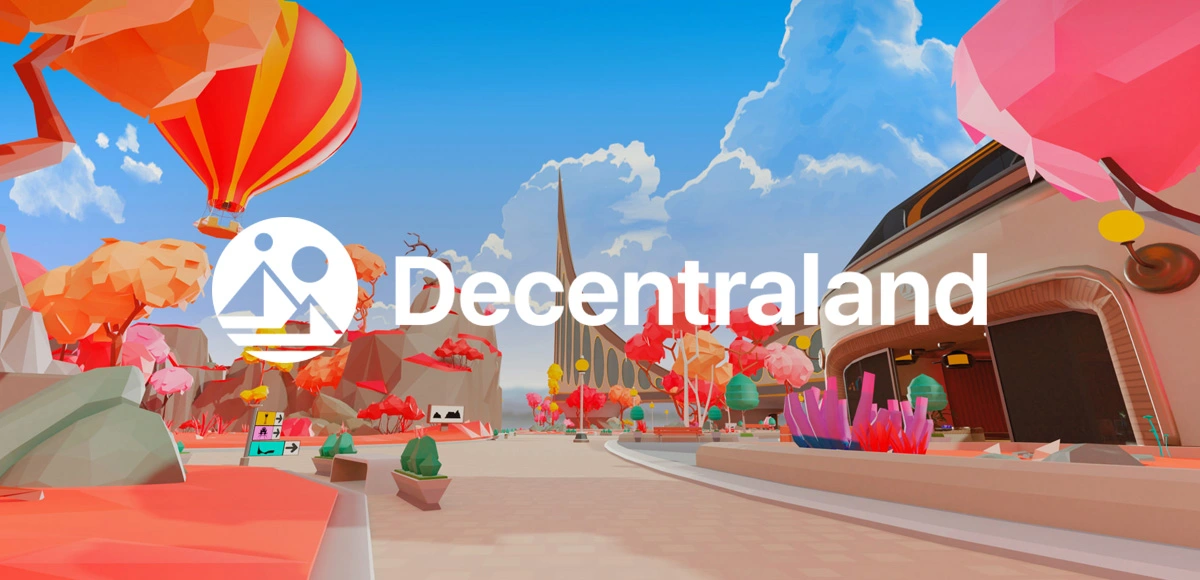
Also read: Google Play allows developers to incorporate NFTs into their apps
NFT games allow you to create a universe
NFT games encourage player participation and control within the game economy. Players have the ability to create, discover, buy, and trade NFT assets, thereby shaping the game’s ecosystem. This level of player involvement and control is typically less pronounced in traditional games. In effect, players can feel as if they are creators of the universes in which they play.
For instance, “The Sandbox” is a user-generated content game where players can create, edit, and own virtual assets. These assets include land parcels, characters, and items, all of which are NFTs. With a tool called VoxEdit, Sandbox players can create any item supported by the Metaverse. Once created, these assets can be published and traded in NFT marketplaces. Even more empowering is a tool called Sandbox Game Maker. It gives anyone the ability to create, test, and share experiences within the Sandbox Metaverse.
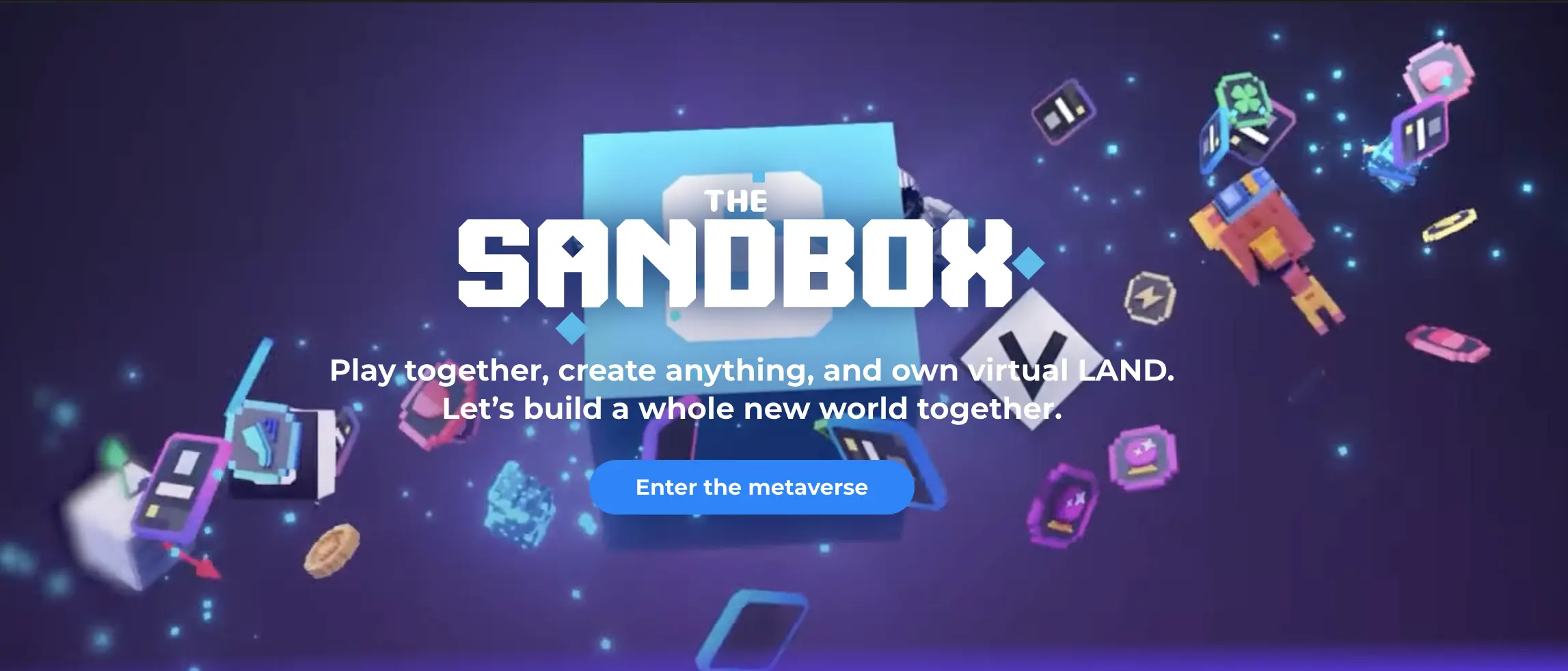
This free reign to creativity, backed by tools to create and tweak, creates a massive appeal for individuals who want to build their own gaming universe.
NFT games and digital scarcity
NFT games often feature digitally scarce assets. This means that certain in-game assets have a limited quantity, a feature that affects their market value. In traditional games, virtual items can usually be replicated at will, and they typically lack this sense of scarcity.
In “CryptoKitties,” each CryptoKitty is a unique NFT with distinct attributes. These virtual kitties are recorded in the public domain. None of them can be copied. All NFT assets are recorded in a way that is transparent and auditable. That’s the reason why players pay high prices for owning unique Kitties.
Kristoffer Thun, an IT Consultant with a decade-long journey in the tech industry, told BTW: “Diving into NFT vs. traditional games, it’s like comparing digital collectibles with your old-school game discs. NFT games are a fresh scene. They let players truly own in-game items – think of it as having a unique digital trading card that nobody else can replicate. Plus, there’s a chance to earn real cash by playing or trading these items. But it’s not all fun and games; the value can swing wildly, and there’s a steep learning curve for newbies. Traditional games, on the other hand, are like that comfy old couch – familiar and straightforward. You pay up, you play, end of story. No earning potential, but also no market risks.”
Also read: PlaiDay allows selfies and personalisation in new text-to-video AI model
These qualities mean NFT games are drawing a lot of people away from traditional games. We can speculate that the appeal of NFT games lies in their potential to generate revenue for gamers. But all you have to do is scratch a little bit beneath the surface and you’ll realise the real appeal NFT games have: self-governance and decentralised ownership.
The real ownership of digital assets, tradeability, cross-platform interoperability, player participation, and the concept of digital scarcity mean NFT games appeal to a demographic that has grown up with the blockchain as a nascent but valuable consumer companion.
The longevity of NFT games remains an open question, with their future potentially undermined by factors such as price volatility, regulatory hurdles, and environmental impacts. It’s a sector where predictions are hard to make, and clear answers may not emerge promptly. Ezra points out that the principal draw for many players in NFT games is the prospect of financial reward rather than entertainment, leading to an unfortunate trend: numerous NFT games fall short in execution. This often results in either frustrating or dull games, with underdeveloped game mechanics that lack the polish and engagement that could have elevated the gaming experience.
